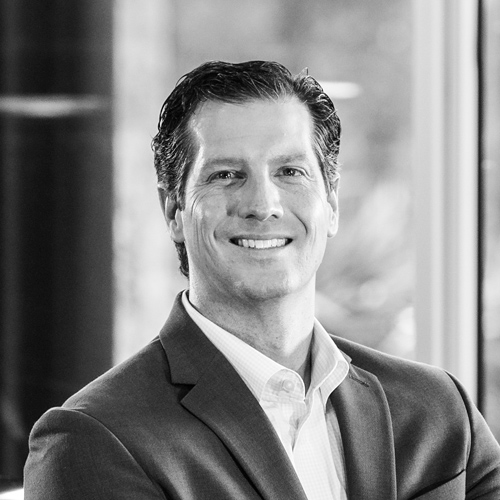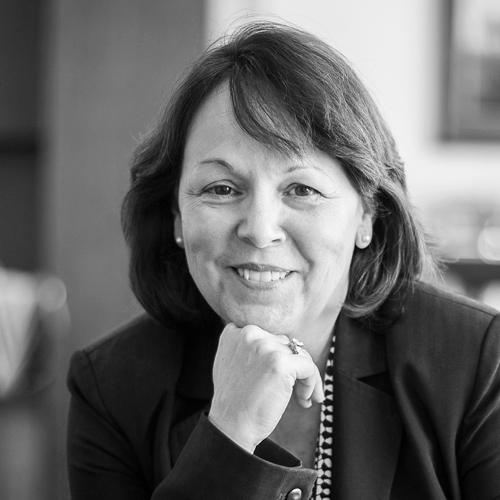
In 2014, Morton Salt celebrated the hundredth anniversary of its iconic Umbrella Girl logo, though the company’s roots date back to 1848. That said, the company aims to constantly innovate and engage with new customers and potential employees. As someone with a history of innovating from within legacy companies, Matt Beliveau, vice president and chief human resources officer, knows there will always be room for improvement. After a thirteen-year tenure with General Mills, he had become well acquainted with the drive to excel more than a century into a company’s existence. So Beliveau knew he had to figure out how to make all the right changes without losing the soul of a company so ingrained in American history.
As millennials make up the largest generation in the workforce—followed by yet another wave of young professionals—organizations are looking for whatever edge they can find when competing for the best talent and keeping them happy. An intentional, thoughtful office will be beneficial for the company as well as employees. In fact, a study from global architecture and design firm Gensler revealed that the lost productivity caused by poor workplace design costs US businesses roughly $330 billion each year. And though many have tried, an open-office concept and a foosball table aren’t the answer.
When the challenge of updating Morton Salt’s Chicago headquarters arose, Beliveau knew that intelligent, intentional choices could make a major difference. “I explained to the CEO that it wasn’t a real estate move; it was a culture change,” Beliveau explains. “It impacts culture when you’re either coming to work every day in a dated space or you’re in a cool, contemporary, fun space.” Though it wouldn’t typically fall under the responsibilities of an HR executive, Beliveau took on the challenge.
At the outset of the three-year journey, Morton was primarily known for the production of table salt and the Umbrella Girl logo. While the new offices still display the girl in the yellow dress prominently, the physical space connects employees and guests to a much deeper understanding of the organization. A massive interactive video wall allows guests to scroll through information about the company, watch old television commercials, and learn about current initiatives, among other topics. “We had a lot of content in our archives, and we wanted to find a way to bring it to life,” Beliveau says.
Everything was done with a goal of driving collaboration, health, and happiness. The inviting cafeteria is full of healthy snack options, and the open-office layout features adjustable desks and floor-to-ceiling windows. Printers, trashcans, and recycling bins are also situated at strategic places. In addition to individual desks, Morton offers booth-like breakout spaces, quiet areas, and conference rooms.
“Open workspaces get a lot of negative perception as not having anywhere to go, like being in an open cage,” Beliveau says. “We didn’t want people to feel chained to their workstations. By having printers and trash cans scattered around, you’re either more physically active or you’re reducing the amount of paper and waste. We’ve been able to measure that our employees are nearly 10 percent more physically active on a daily basis compared to our old office.”
The new offices are also situated closer to public transit stations, which means that employees from Chicago and surrounding suburbs would have an easier commute. Everything is done to ensure employees feel happy coming into the office and just as content when fulfilling the organization’s core values. “I think there is a connection between the space you operate in every day and how you show up to your consumers and potential employees,” Beliveau says. “People cut across every aspect of what we do, whether it’s extracting salt from the earth or designing a new master brand strategy to connect with millennials.”
Beliveau joined the organization in 2014 and immediately went about redesigning the hiring and onboarding process to better keep pace. First and foremost, he found that there was a lack of clarity of what HR did for the organization. “I had to go out and meet with different leaders and function and say, ‘This is what HR can do for you,’” he recalls.
Getting the organization aligned on positive change circled back on providing the best opportunity and environment to the constantly changing workforce. In addition to the new office, Beliveau has established new projects, such as a wellbeing program, created in partnership with Virgin Pulse. The program offers enrolled employees free fitness trackers, helps them assess health goals, and offers incentives, such as gift cards to buy health equipment, to those that engage most with the platform. “One of our long-service employees had been a smoker for thirty years and used the platform as a way to quit smoking. Another used the program and lost more than one hundred pounds,” Beliveau explains. “Retooling health and benefit offerings to be more focused on wellbeing helps our employees and has made us more attractive as a potential employer to millennials.”
That intentional, long-term strategy has driven important success for Morton Salt in the past three years, which is evident from the first step into the new office. Whether it’s stepping up to oversee the art installation in the waiting area or reinforcing the organization’s values, Beliveau ensures that his role is an essential business partner. “The core of my job is to make sure that my team can attract, develop, deploy, and retain talent across the organization in a timely fashion so that we have the right people and the business can accomplish its objectives,” he says.
It’s a big challenge to keep a legendary American company thriving. But by pushing a culture of innovation and change with an intelligent, intentional strategy, Beliveau has helped ensure that Morton Salt will continue to be a top-tier employer and brand for generations to come.
Photo: Caleb Fox
Rallying the Troops
“There’s a big difference in your morale if you’re cold and wet, sleeping in a foxhole, or if you’re sleeping in a bed in a climate-controlled building,” says Matt Beliveau, Morton Salt’s vice president and chief human resources officer.
Beliveau knows a thing or two about morale and foxholes. He spent four years as a logistics officer in the US Army. Although it may not seem like a direct translation to HR work, he sees that time as an invaluable influence in his work.
“As an officer, the fundamental core of your success is how effective you can be at motivating others,” Beliveau explains.
In his service time, Beliveau saw his job as taking care of people, which clearly translates to his role in HR leadership. Upon completing his time in the army, Beliveau worked with an organization that helps place military officers into the corporate world. Through that program, he was brought into General Mills’ HR leadership program and learned how well his skill set fit. “It’s like logistics with people,” he recalls. Although he’s found it to be a little more nuanced than that, his experience clearly led him on the right path.














